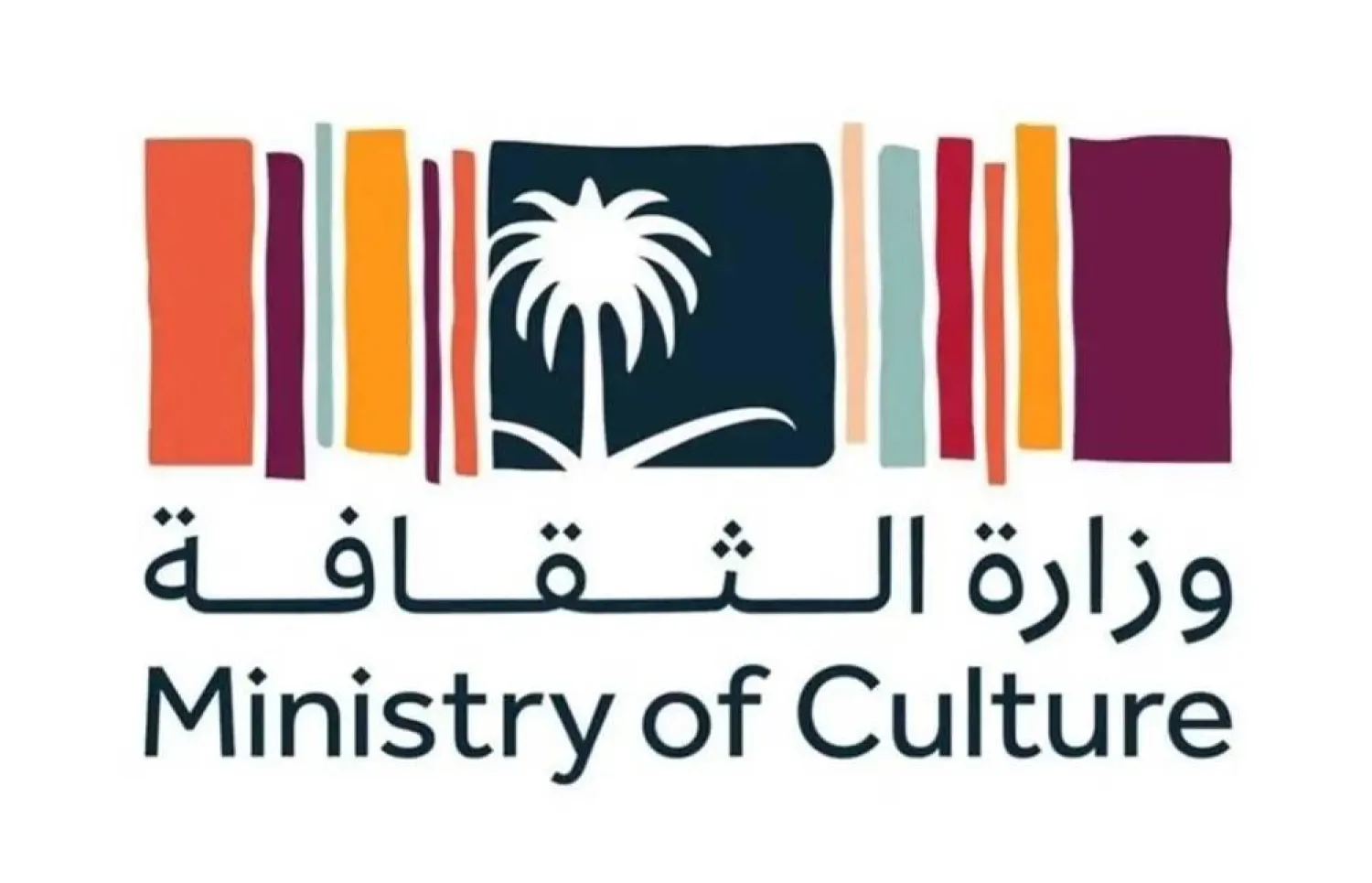Saudi Arabia's King Abdullah Petroleum Studies and Research Center (KAPSARC), in partnership with the King Salman Global Academy for Arabic Language (KSGAAL), announced on Sunday that submissions for this year's 3rd edition of the KAPSARC Arabic Award will be open until October 31.
The award aims to enrich Arabic content in energy, economics, and the environment. For the first time, it will target graduate students at Saudi universities and Saudi authors and translators residing in the Kingdom. It will also include professionals from the Saudi energy sector, continuing the focus from previous editions.
This year's award theme is environmental, social, and governance sustainability standards in the energy sector, a crucial topic both locally and globally. This theme aligns with Saudi Arabia's Vision 2030 goals and aims to support and bolster scientific writing in Arabic. The top winners in each category will receive cash prizes totaling SAR320,000.
President of KAPSARC Eng. Fahad Alajlan emphasized that the award supports Saudi Arabia's efforts to value and elevate the Arabic language, boosting its presence in various scientific and intellectual fields. It also aims to cement KAPSARC's role as a beacon of innovation and knowledge dissemination in energy, economics, and environmental studies.
KSGAAL Secretary-General Dr. Abdullah Al-Washmi stressed that the academy is pleased to recognize and promote the diverse efforts of Saudis in serving and elevating the Arabic language. This collaboration targets researchers, creators, and enthusiasts to acknowledge their achievements and encourage further innovation and usage of the language.
KAPSARC is a leading research and consulting center in energy economics and sustainability. It is dedicated to advancing the energy sector in Saudi Arabia and guiding global policies through evidence-based research and specialized consulting services.
KSGAAL was established to boost the role of the Arabic language regionally and globally, showcasing its value within the broader Arabic and Islamic cultural context and contributing to the goals of Saudi Vision 2030.









